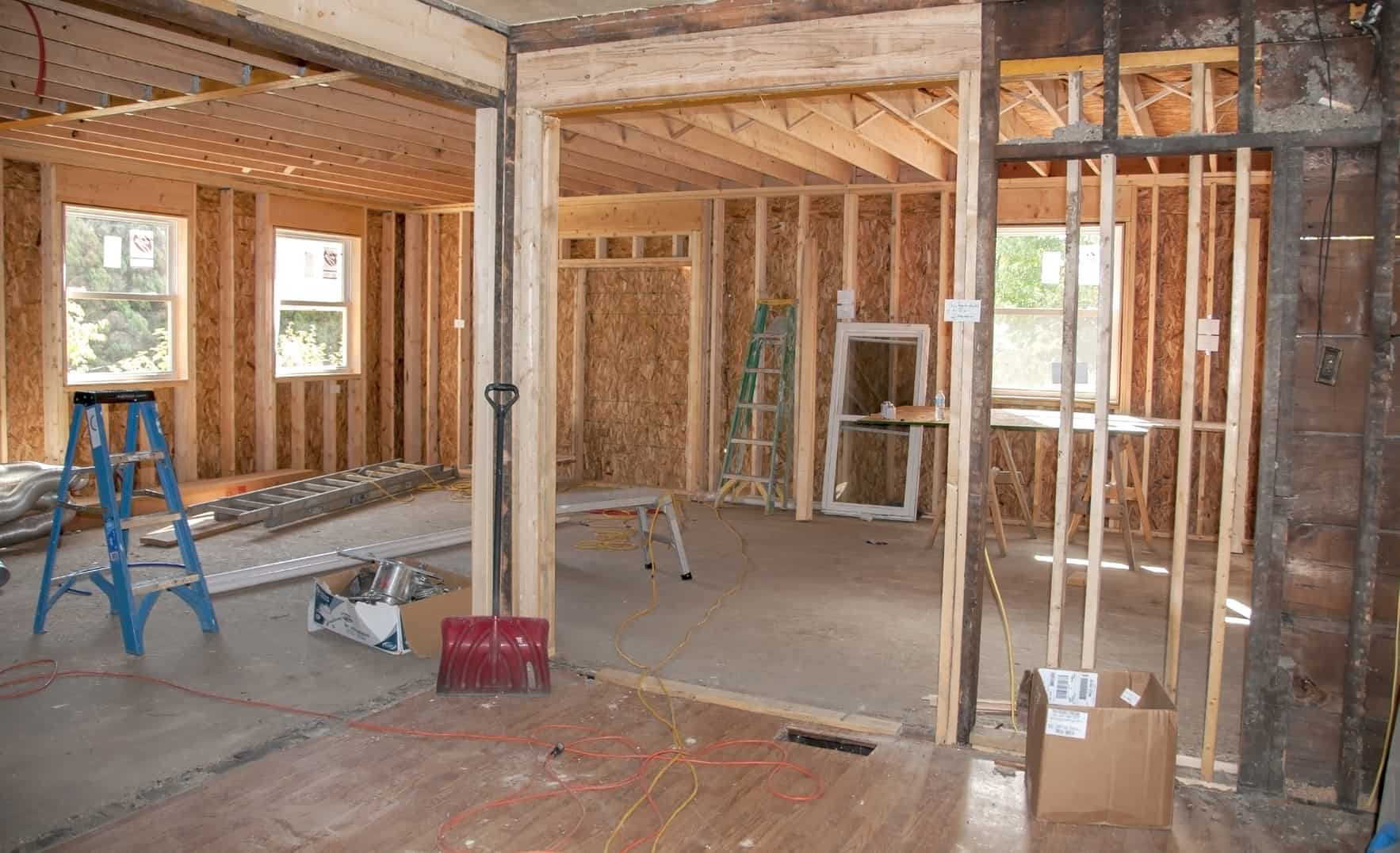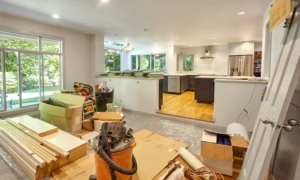Manhattan real estate is some of the most valuable in the world, making home remodeling a smart investment that can dramatically increase your property’s worth. Whether you’re working with a cramped studio or a spacious Upper East Side apartment, renovating your Manhattan home presents unique challenges and opportunities that require careful planning and local expertise.
This comprehensive guide will walk you through everything you need to know about home remodeling in Manhattan, from navigating complex building regulations to maximizing space in compact living areas. You’ll discover cost-effective strategies, learn about permit requirements, and find tips for choosing the right contractors in one of the world’s most competitive real estate markets.
Understanding Manhattan’s Unique Remodeling Challenges
Space Constraints and Creative Solutions
Manhattan homes often come with significant space limitations. The average apartment size in Manhattan is just 866 square feet, compared to the national average of 2,301 square feet. This means every square inch counts when planning your remodel.
Successful Manhattan renovations focus on vertical space utilization, built-in storage solutions, and multi-functional furniture. Consider installing floor-to-ceiling cabinets, loft beds with integrated workspace underneath, or fold-down dining tables that transform into wall art when not in use.
Building Regulations and Co-op Boards
Manhattan’s dense urban environment comes with strict building codes and regulations. Most residential buildings have established rules about renovation hours, noise levels, and structural modifications. If you live in a co-op or condo, you’ll need approval from your building’s board before starting any major work.
Common restrictions include:
- Renovation hours typically limited to 9 AM to 5 PM on weekdays
- Soundproofing requirements for floor installations
- Restrictions on plumbing and electrical modifications
- Elevator usage schedules for moving materials
Always review your building’s proprietary lease or bylaws before beginning any renovation project.
Planning Your Manhattan Home Remodel
Setting a Realistic Budget
Manhattan remodeling costs are significantly higher than national averages due to material transportation challenges, labor costs, and permit fees. A basic kitchen renovation can range from $50,000 to $150,000, while bathroom remodels typically cost between $25,000 and $75,000.
Budget breakdown for a typical Manhattan remodel:
- Design and architectural fees: 10-15%
- Materials: 35-40%
- Labor: 35-40%
- Permits and fees: 5-10%
- Contingency fund: 10-20%
Choosing the Right Time to Remodel
Timing your Manhattan remodel strategically can save money and reduce stress. Summer months offer the best weather for projects involving exterior work or window installations. However, contractor availability may be limited and prices higher during peak season.
Many Manhattan residents prefer fall and winter renovations when:
- Contractor schedules are more flexible
- Material costs may be lower
- Less disruption to summer social activities
- Holiday breaks provide time for major disruptions
Navigating Permits and Regulations
When You Need Permits
Manhattan requires permits for most significant home modifications. You’ll need permits for:
- Structural changes including wall removal or addition
- Electrical work beyond simple fixture replacement
- Plumbing modifications
- Kitchen and bathroom renovations
- Window replacements
- HVAC system installations
The Permit Application Process
The NYC Department of Buildings handles all permit applications. The process typically takes 2-4 weeks for standard residential permits, though complex projects may require longer review periods.
Required documentation includes:
- Architectural plans drawn by a licensed architect
- Structural engineering reports for load-bearing changes
- Plumbing and electrical schematics
- Environmental impact assessments for certain projects
Working with experienced Manhattan contractors who understand the permit process can streamline approvals and prevent costly delays.
Maximizing Space in Manhattan Homes
Kitchen Remodeling Strategies
Manhattan kitchens often measure less than 100 square feet, requiring creative design solutions to maximize functionality. Popular space-saving approaches include:
Galley Kitchen Optimization: Linear layouts with cabinets on both sides maximize storage while maintaining clear walkways. Install pull-out drawers and rotating corner units to access every inch of cabinet space.
Open Concept Integration: Removing walls between kitchen and living areas creates the illusion of more space. Consider a kitchen island that doubles as a breakfast bar and additional storage.
Vertical Storage Solutions: Extend cabinets to the ceiling and use the space above refrigerators for rarely used items. Magnetic strips and hanging racks keep frequently used tools within easy reach.
Bathroom Renovation Ideas
Small Manhattan bathrooms benefit from light colors, large mirrors, and efficient fixtures. Consider these space-maximizing strategies:
Floating Vanities: Wall-mounted sinks and vanities create floor space and make rooms appear larger. Choose vanities with built-in storage to eliminate the need for separate cabinets.
Walk-in Showers: Replacing tubs with walk-in showers can increase usable floor space by 30-40%. Frameless glass doors maintain sight lines and prevent visual barriers.
Pocket Doors: Traditional swing doors consume valuable floor space. Pocket doors slide into wall cavities, freeing up space for fixtures or storage.
Living Area Transformations
Manhattan living rooms serve multiple purposes, often functioning as entertainment spaces, home offices, and dining areas. Smart design choices can accommodate these varied needs:
Built-in Storage: Custom shelving and entertainment centers maximize storage while maintaining clean lines. Consider units that extend from floor to ceiling for maximum impact.
Flexible Furniture: Ottomans with hidden storage, extendable dining tables, and modular seating adapt to changing needs throughout the day.
Room Dividers: Open floor plans benefit from flexible dividers that create defined spaces without permanent walls. Bookcases, curtains, and sliding panels offer privacy when needed.
Choosing Manhattan Remodeling Contractors
Vetting Contractors for Manhattan Projects
Manhattan remodeling requires contractors familiar with local building codes, union requirements, and logistical challenges. Look for contractors who:
- Hold current NYC licensing and insurance
- Have experience with your building type (pre-war, high-rise, etc.)
- Provide references from recent Manhattan projects
- Understand co-op and condo board requirements
- Offer detailed contracts with clear timelines
Managing Contractor Relationships
Successful Manhattan renovations require clear communication and realistic expectations. Establish ground rules about:
- Daily cleanup requirements
- Material storage locations
- Elevator usage schedules
- Noise restrictions and neighbor considerations
- Payment schedules tied to project milestones
Cost-Saving Strategies for Manhattan Remodels
Smart Material Choices
Manhattan’s high labor costs make material selection crucial for budget management. Consider these cost-effective options:
Luxury Vinyl Plank Flooring: Provides the look of hardwood at a fraction of the cost and installation time. Many buildings prefer LVP over hardwood for its sound-dampening properties.
Quartz Countertops: Offer durability and low maintenance compared to natural stone. Prefabricated options reduce installation time and costs.
Subway Tiles: Classic white subway tiles remain timeless and affordable. Creative patterns and colored grout can add personality without premium pricing.
DIY vs. Professional Work
While Manhattan building codes limit DIY possibilities, homeowners can save money on:
- Painting and wallpaper installation
- Cabinet hardware replacement
- Light fixture updates
- Decorative elements and styling
Leave electrical, plumbing, and structural work to licensed professionals to ensure code compliance and avoid costly mistakes.
Trends in Manhattan Home Remodeling
Sustainable and Smart Home Features
Manhattan homeowners increasingly prioritize energy efficiency and smart home technology. Popular upgrades include:
Energy-Efficient Appliances: ENERGY STAR certified appliances reduce utility costs and may qualify for rebates.
Smart Home Integration: Automated lighting, temperature control, and security systems add convenience and increase property value.
Water-Saving Fixtures: Low-flow toilets, showerheads, and faucets reduce water consumption in a city where conservation matters.
Luxury Touches That Add Value
Strategic luxury upgrades can significantly increase property value:
- High-end kitchen appliances from brands like Sub-Zero and Wolf
- Heated bathroom floors for winter comfort
- Built-in wine storage and coffee stations
- Custom closet organization systems
Making Your Manhattan Remodel a Success
Home remodeling in Manhattan requires careful planning, realistic budgeting, and experienced professionals who understand the unique challenges of renovating in America’s most dense urban environment. Success depends on balancing your vision with practical constraints while maximizing every square foot of your valuable Manhattan real estate.
Start your project by clearly defining your goals and priorities. Whether you’re preparing to sell or planning to stay for decades, focus on improvements that enhance both your daily life and your property’s long-term value. Work with contractors who understand Manhattan’s complex regulations and can navigate the permit process efficiently.
Remember that Manhattan renovations are investments in some of the world’s most valuable real estate. Quality work completed by experienced professionals will pay dividends in both comfort and property value for years to come.
Ready to transform your Manhattan home? Begin by consulting with local architects and contractors who can help you navigate the unique challenges and opportunities of renovating in the city that never sleeps.
“]
Contact Info:
Name : D2 Design and Works
Email: info@d2designandworks.com
Phone: (212) 873-7272
Website: https://www.d2designandworks.com/



































